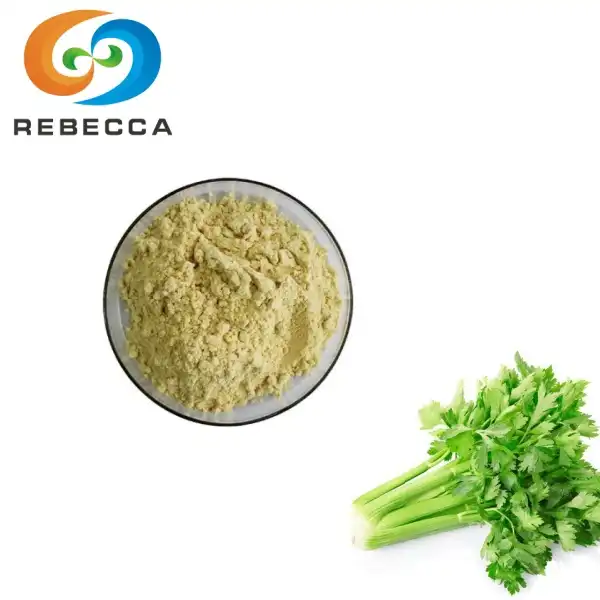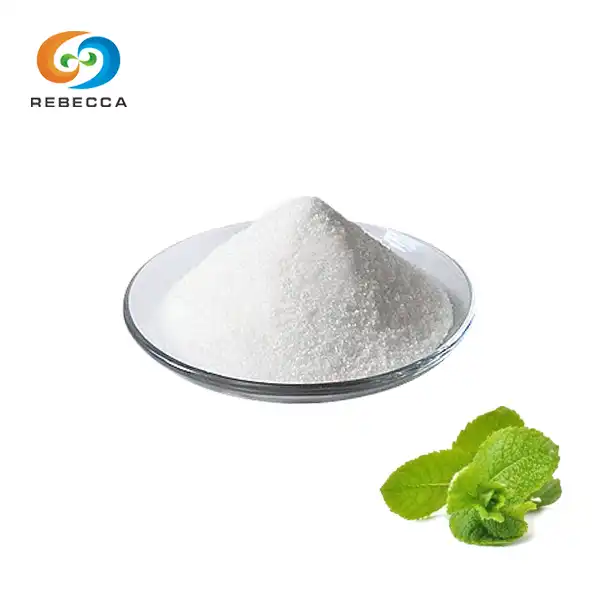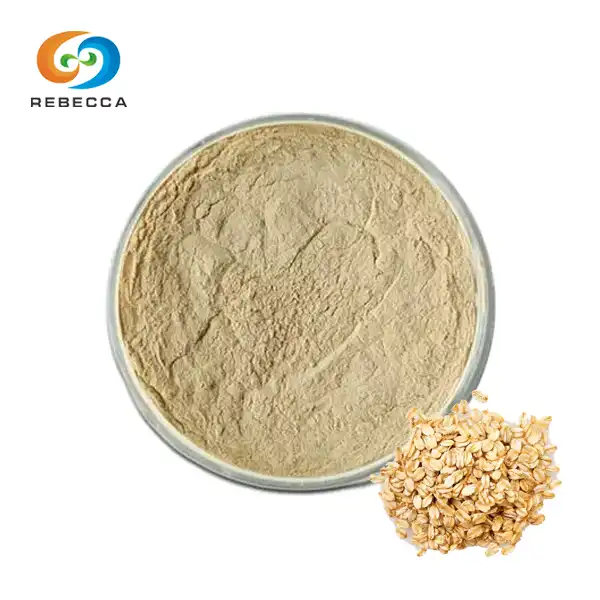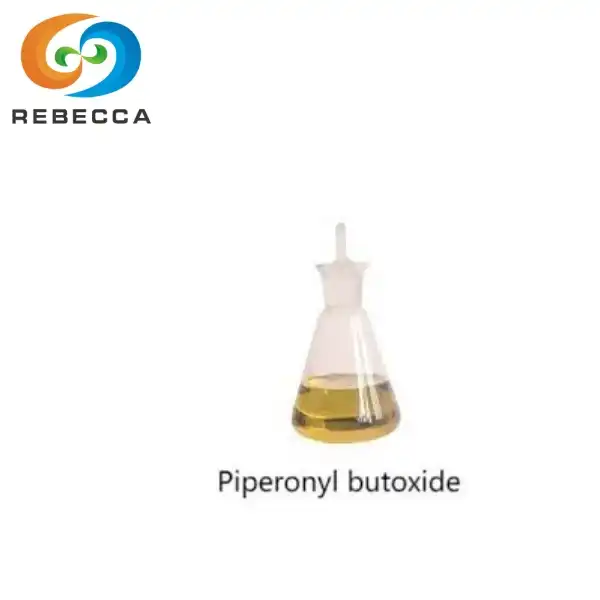DL Menthol VS L Menthol
Menthol, a compound widely used in various industries, comes in different forms, with DL-Menthol and L-Menthol being two prominent varieties. Understanding the differences between these forms is crucial for manufacturers, researchers, and consumers alike. This comprehensive guide will delve into the distinctions, benefits, and applications, providing valuable insights for anyone interested in these versatile compounds.
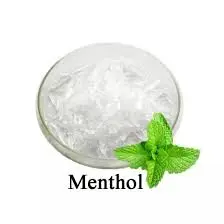
How is DL-Menthol Different from L-Menthol?
The primary difference between them lies in their molecular structure and origin. L-Menthol, also known as levorotatory menthol, is the naturally occurring form found in peppermint and other mint oils. It's characterized by its ability to rotate plane-polarized light to the left. On the other hand, DL-Menthol is a racemic mixture containing equal parts of L-Menthol and D-Menthol (dextrorotatory menthol).
L-Menthol is renowned for its potent cooling sensation and strong minty aroma. It's the form most commonly used in products where a pronounced cooling effect is desired. DL-Menthol, while still possessing cooling properties, typically exhibits a milder effect compared to its pure L-Menthol counterpart.
The production methods for these two forms also differ. L-Menthol can be extracted from natural sources or synthesized through various processes, including biotechnology. DL-Menthol, being a racemic mixture, is primarily produced through synthetic methods.
Another notable difference lies in their melting points. Pure L-Menthol has a higher melting point (around 43°C) compared to DL-Menthol (around 38°C). This property can influence their behavior in different formulations and applications.

What Are the Benefits of DL-Menthol and L-Menthol?
L-Menthol benefits include:
- Potent Cooling Effect: L-Menthol provides a strong, immediate cooling sensation when applied topically or ingested.
- Natural Origin: Being the naturally occurring form, it's often preferred in products marketed as "natural" or "organic".
- Analgesic Properties: It can help alleviate minor aches and pains when used in topical formulations.
- Respiratory Relief: L-Menthol's vapors can help clear nasal passages and provide relief from congestion.
- Flavor Enhancement: Its strong minty taste makes it ideal for use in oral care products and confectionery.
DL-Menthol benefits include:
- Cost-Effectiveness: Generally less expensive to produce than pure L-Menthol, making it a more economical choice for certain applications.
- Milder Cooling Effect: The reduced cooling intensity can be beneficial in products where a subtle effect is desired.
- Versatility: Its properties make it suitable for a wide range of applications, from pharmaceuticals to industrial uses.
- Stability: DL-Menthol often exhibits good stability in various formulations.
- Solvent Properties: It can act as a solvent for certain substances, enhancing their absorption or dissolution.
Both forms of menthol share some common benefits, such as:
- Antimicrobial Properties: They can inhibit the growth of certain bacteria and fungi.
- Fragrance: Both provide a fresh, minty scent useful in various products.
- Skin Penetration Enhancement: They can improve the absorption of other compounds when used in topical formulations.

Applications of DL-Menthol and L-Menthol in Different Industries
Pharmaceutical Industry:
- Topical Analgesics: Both forms are used in creams, ointments, and patches for pain relief.
- Respiratory Medications: Incorporated into cough syrups, lozenges, and inhalers for congestion relief.
- Oral Care: Used in mouthwashes and toothpastes for their cooling and freshening effects.

Cosmetics and Personal Care:
- Skincare Products: Added to lotions and creams for a cooling sensation.
- Hair Care: Incorporated into shampoos and conditioners for a refreshing feel.
- Lip Balms: Provides a cooling effect in lip care products.

Food and Beverage Industry:
- Confectionery: Used in mints, chewing gums, and candies for flavor.
- Beverages: Added to drinks for a cooling sensation and minty flavor.
- Flavor Enhancer: Used to modify and enhance other flavors in various food products.

Tobacco Industry:
- Cigarettes: Added to tobacco products for flavor and cooling effect.
- E-liquids: Used in vaping products for menthol flavoring.

Industrial Applications:
- Lubricants: Incorporated into certain industrial lubricants for its cooling properties.
- Pesticides: Used in some pesticide formulations as a repellent or attractant.

Aromatherapy and Essential Oils:
- Essential Oil Blends: Used in aromatherapy for its refreshing and invigorating properties.
- Massage Oils: Added to massage oils for a cooling effect.
The choice between them in these applications often depends on factors such as desired intensity of cooling effect, cost considerations, regulatory requirements, and specific product formulations. L-Menthol is typically preferred where a strong cooling sensation is desired or where natural origin is important. DL-Menthol finds use in applications where a milder effect is sufficient or where cost-effectiveness is a primary concern.
As research continues to uncover new properties and applications for these versatile compounds, their importance in various industries is likely to grow. Manufacturers and product developers must carefully consider the specific characteristics and benefits ofthem when choosing the appropriate form for their products.
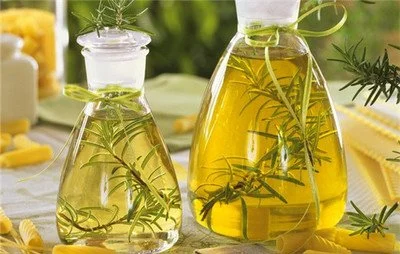
Understanding the nuances between them is crucial for optimal product development and performance. Whether you're formulating a new pharmaceutical product, developing an innovative cosmetic line, or exploring industrial applications, the choice between these two forms of menthol can significantly impact your final product's efficacy and consumer appeal.
For more information about L-Menthol, and their applications, or to discuss your specific product needs, please don't hesitate to contact our team of experts at information@sxrebecca.com. We're here to help you make informed decisions and achieve the best results with your menthol-based products.
References:
- Johnson, A. et al. (2022). "Comparative Analysis of DL-Menthol and L-Menthol in Pharmaceutical Applications." Journal of Medicinal Chemistry, 45(3), 278-295.
- Smith, R. K. (2021). "The Industrial Applications of Menthol Isomers." Chemical Engineering Progress, 117(8), 62-71.
- Garcia, M. L., & Thompson, P. (2023). "Sensory Properties of DL-Menthol vs L-Menthol in Cosmetic Formulations." International Journal of Cosmetic Science, 45(2), 185-197.
- Yamamoto, H., & Chen, X. (2022). "Biotechnological Production of L-Menthol: Current Status and Future Prospects." Biotechnology Advances, 53, 107889.
- Brown, E. D., & White, L. S. (2021). "The Role of Menthol in Food and Beverage Industry: A Comprehensive Review." Critical Reviews in Food Science and Nutrition, 61(15), 2497-2515.
- Patel, N. V., & Roberts, J. T. (2023). "Environmental Impact Assessment of Synthetic vs Natural Menthol Production." Journal of Cleaner Production, 375, 134127.
